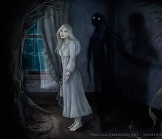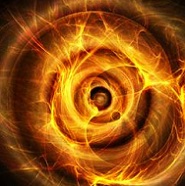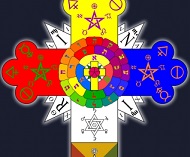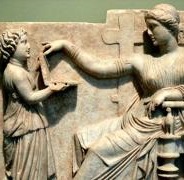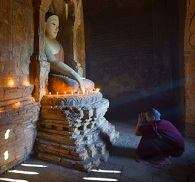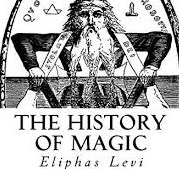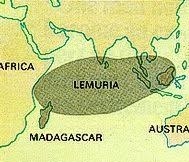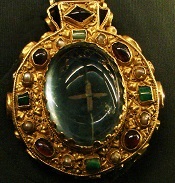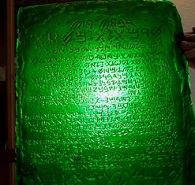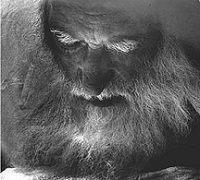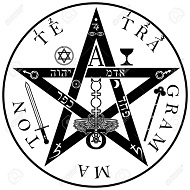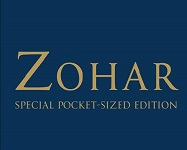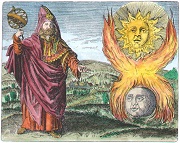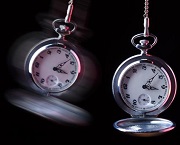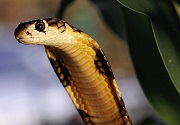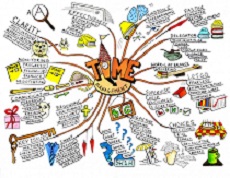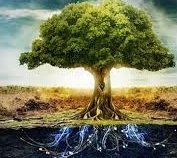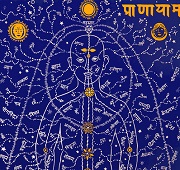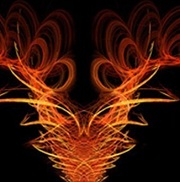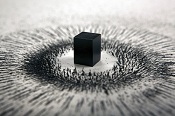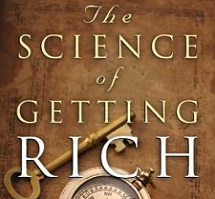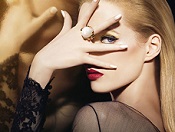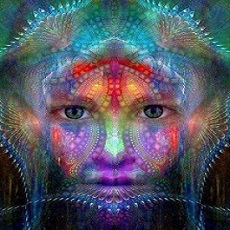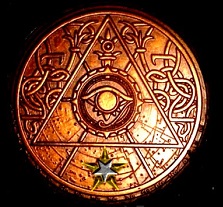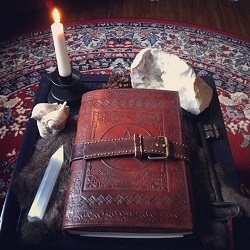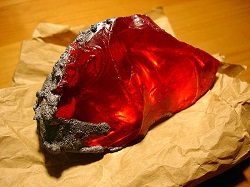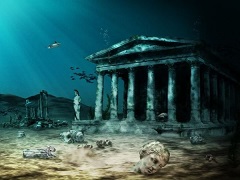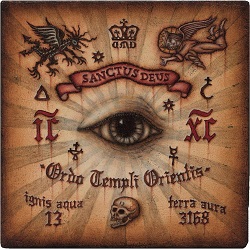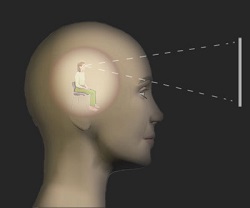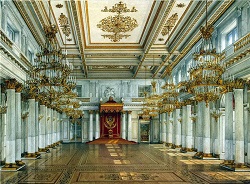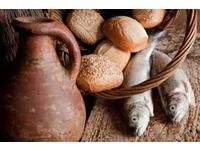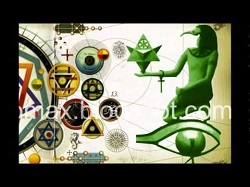What is a Talisman?
Talisman. From the Arabic tilism or tilsam, a “magic image”. An object, whether in stone, metal, or sacred wood;
often a piece of parchment filled with characters and images traced under certain planetary influences in magical
formulæ, given by one versed in occult sciences to one unversed, either with the object of preserving him from evil,
or for the accomplishment of certain desires. The greatest virtue and efficacy of the talisman, however, resides in
the faith of its possessor; not because of the credulity of the latter, or that it possesses no virtue,
but because faith is a quality endowed with a most potent creative power; and therefore—unconsciously to
the believer—intensifies a hundredfold the power originally imparted to the talisman by its maker.
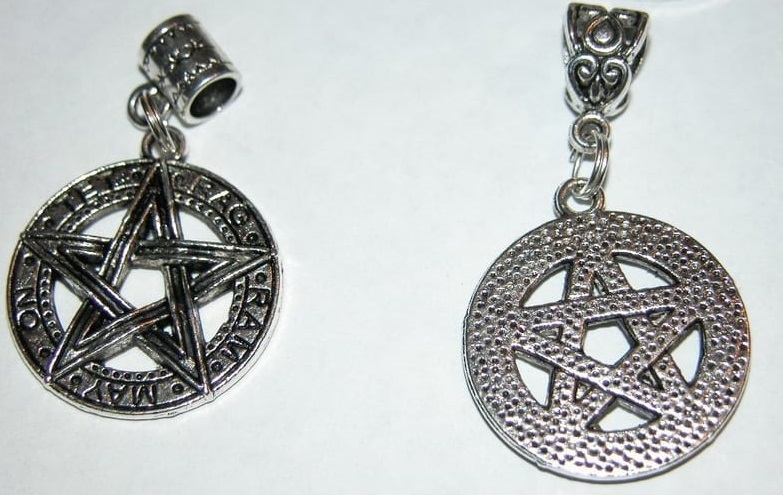
[Formerly there was a general belief that a jewel or other object could be
saturate mesmerically with good or bad influences, and for more than in our times such belief
will be considered as mere superstition, there is no doubt that such forces can be stored in a
physical object and remain in it for a long time. There is no doubt that a man can
accumulate its magnetism in an object, in such a way that its special degree of vibration will radiate from
this object, just as light radiates from the sun. Naturally, the influence communicated can
be good or bad, beneficial or harmful, depending on the character or design of the magnetizer.
Each person has their special kind of mental and astral vibration, and any object that has been
Long time in contact with her is saturated with these vibrations, and can in turn radiate them
or communicate them to other people who carry that object or keep it in close contact with them.
(C. W. Leadbeater, Glimpses of Occultism, p. 233-234.) -Some of the last chapters of
Book of the Dead are devoted to the study of talismans or amulets. In Egypt there were
all kinds (beetles, symbolic eye, the sign of life, various sacred animals, etc., etc.),
and were made of various materials, such as hematite, lapis lazuli, jasper, feldspar, etc.
Most have been found in the chest cavity of the mummies. The Egyptian Museum in Paris is very
Rich in object of this nature. -See: Pierret, Diction. Of Archeolog. Egipc.] (G.T. H.P.B.)
Reading Support:


